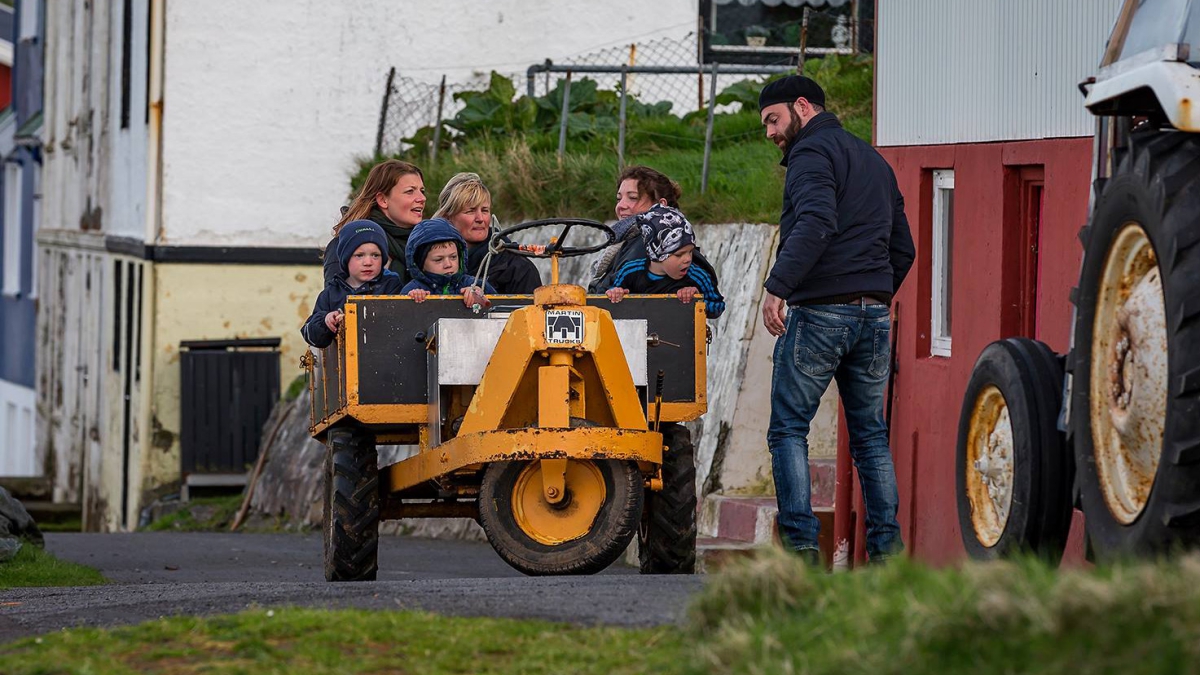Population
12. Sep 2022
Population reaches 54,200 – a year-on-year increase of 1.3%

The steady population growth seen in recent years has slowed down somewhat in the past months. This is indicated in the graph below, which shows the population trend since 1985. The contribution from the excess of births over deaths has decreased significantly; however, this decrease is partially balanced out by a modest increase in net migration.
[px-graph-3]
The table below shows population changes in the past year compared to the previous 12-month period. A quarter of the growth in the past year is made up of an excess of births of 160 people, while three quarters come from a net migration figure of 510 people. The population trend is determined by net migration (the difference in the number of immigrants and emigrants) and the excess of live births over deaths.
The excess of births has halved compared to the previous 12-month period, i.e. the period saw fewer live births and more deaths. Net migration, on the other hand, increased slightly. Migration figures have picked up again after a significant drop at the onset of the Covid-19 pandemic.
Slight increase in net migration
In the past year, net migration contributed an average of just above 40 people monthly to the population growth. As the trend in the graph below shows, this is a small increase on the previous 12-month period.
[px-graph-3]
Big drop in excess of births
The past months have seen a higher-than-usual number of deaths. For many years, the average monthly number of deaths was around 30. In the past six months, this average has reached 45. This trend change is clearly visible in the graph below. The trend also shows that the birth rate, which increased in 2020, has returned to previous levels.
[px-graph-4]
Municipalities
Compared to this time last year, the population has increased in 14 municipalities, decreased in 14 municipalities and has remained unchanged in one.
Tórshavn municipality saw the highest population growth in the past year, with the total now approaching 23,000 – 43% of the total population. Of these 23,000 people, 21,000 live in Tórshavn, Hoyvík and Argir. Eystur municipality had the second-highest growth, reaching a total of 2,300.
The highest percentage growth was in Nes municipality, increasing by a full 4.7% and fast approaching a total population of 1,500. Eystur, Eiði and Vestmanna municipalities also enjoyed high percentage growth.
Hvalba and Sandur municipality saw the largest population decrease.
Population figures for each municipality, town and village are outlined in the table below.
[px-graph-4]
Population figures have a one-month lag
The figures have a one-month lag due to delays in registrations, especially regarding address changes, where many registrations are made after the month of address change has ended. To accommodate as many corrections as possible, there is a one-month lag in the data.
About the population figures
The population is defined as all individuals registered in the national register as residents of the Faroe Islands. Population data includes date of birth, gender, place of birth, citizenship, relationship status, and, where applicable, information on immigration and emigration, domestically as well as between the Faroe Islands and other nations.
About the trend
The trend describes the population trend by adjusting for seasonal effects and other error components in the population figure.